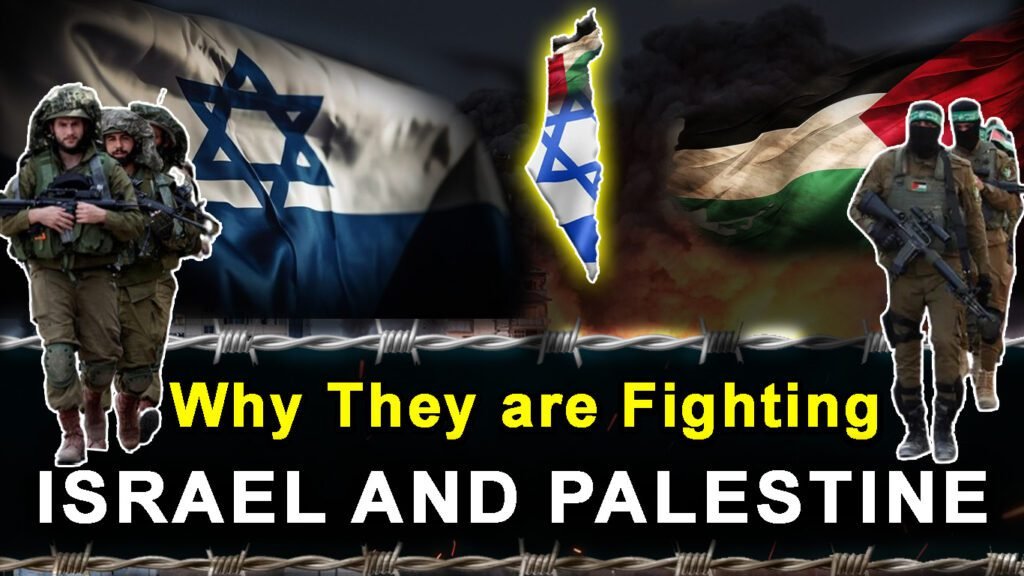Table of Contents
Why Israel and Palestine are Fighting: The ongoing conflict between Israel and Palestine is one of the most enduring and complex geopolitical issues of our time. To understand the root causes and the reasons behind this conflict, we need to delve into history, politics, and the aspirations of both nations.
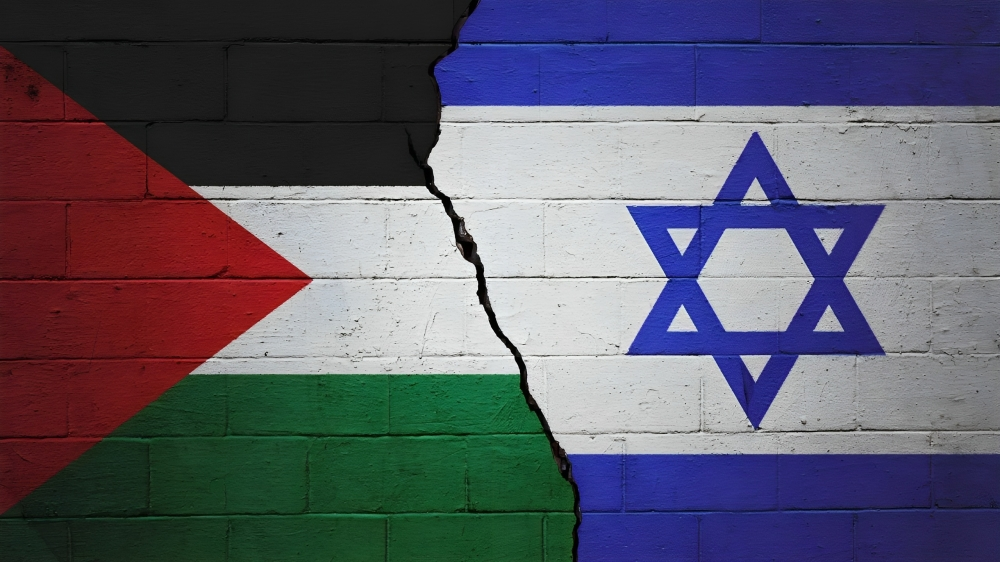
Israel and Palestine: A Brief Introduction
Israel is situated in a region known as the Middle East, bordered by countries like Lebanon, Syria, Jordan, and Egypt. Established in 1948, it is recognized as the world’s only Jewish state. On the other hand, Palestinians, predominantly Arab Muslims, have historical ties to the same land and seek to establish their own independent state called Palestine.

Historical Context: The Origins of the Conflict
The roots of the conflict can be traced back to the early 20th century when Jews fleeing persecution in Europe sought to establish a homeland in Palestine. However, the land was already inhabited by Palestinian Arabs who resisted the influx, seeing the territory as rightfully theirs.

Key Turning Points: 1948 and 1967
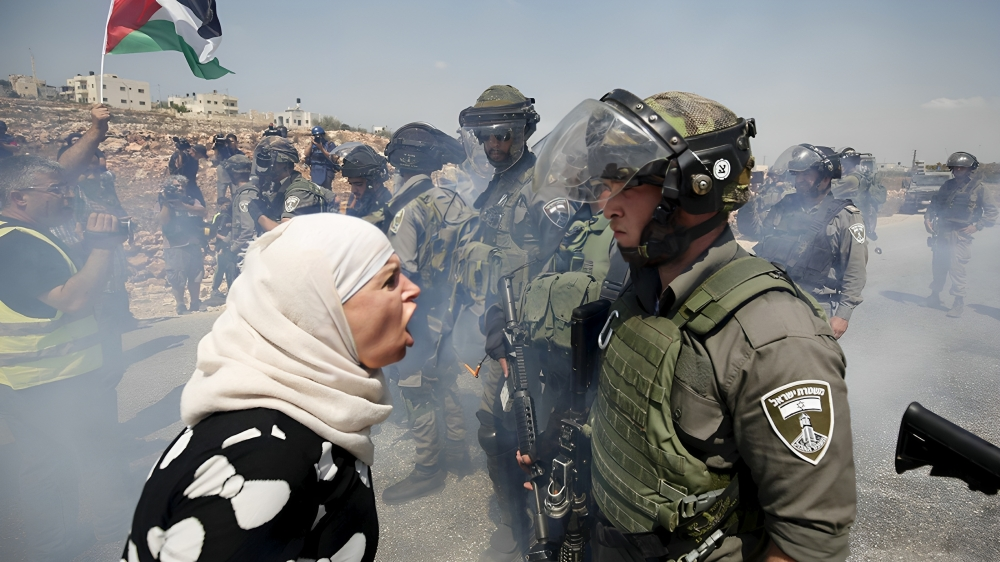
The 1948 and 1967 wars were pivotal moments in shaping today’s conflict. These wars led to Israel gaining control over significant territories, including the West Bank and Gaza Strip. Today, these territories remain contentious areas with Israeli settlements in the West Bank and an ongoing blockade of Gaza, controlled by Hamas.
Current Dynamics: The Two-State Solution
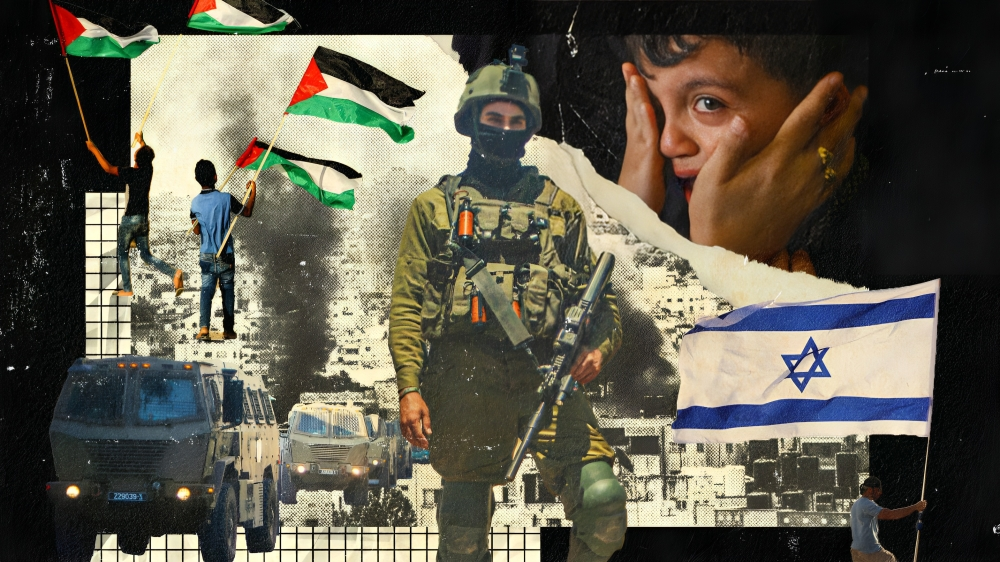
Challenges and Alternatives
While the two-state solution remains a widely accepted framework, challenges persist. Some factions on both sides oppose it, pushing alternative solutions like a “one-state solution,” which presents its own set of complexities.

Recent Developments: The Israel-Hamas Conflict
Why Israel and Palestine are Fighting: The conflict has witnessed numerous escalations over the years. A recent significant event occurred on October 7, 2023, when militants from Hamas and Palestinian Islamic Jihad launched attacks, leading to a severe Israeli response. This recent flare-up underscores the volatile nature of the region and the challenges in achieving lasting peace.
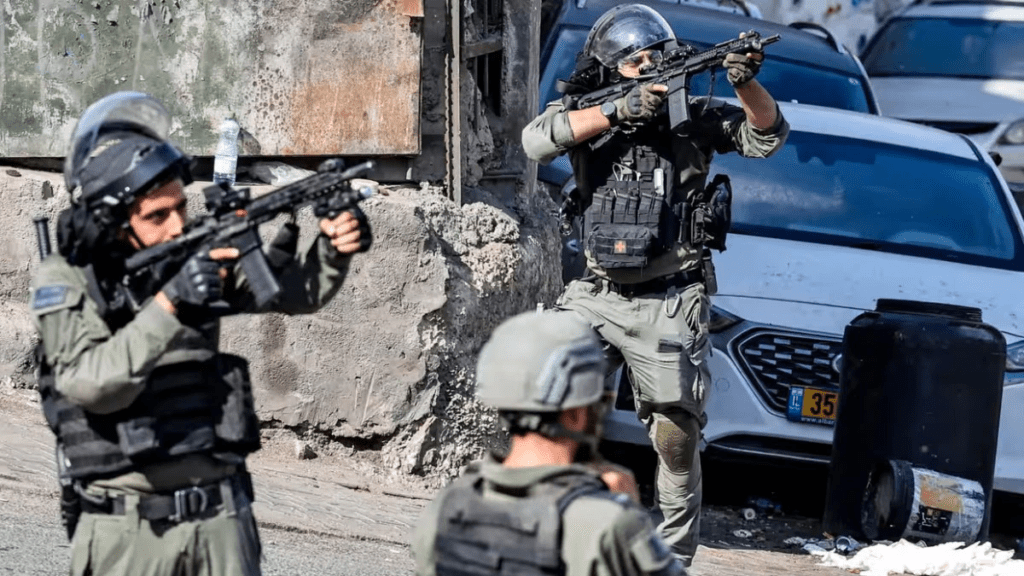
Why Israel and Palestine are Fighting:
The Road Ahead: Prospects and Challenges
Why Israel and Palestine are Fighting: As the conflict persists, international actors, including the United Nations, the United States, and other regional powers, have attempted to broker peace agreements and facilitate dialogue between Israel and Palestine. However, achieving a comprehensive resolution remains elusive.

The Role of External Powers
External powers play a significant role in the dynamics of the Israel-Palestine conflict. The United States, for instance, has historically been a staunch ally of Israel, providing both diplomatic support and military aid. Meanwhile, regional actors like Egypt, Jordan, and Saudi Arabia have also sought to influence the trajectory of the conflict, each with its own set of interests and concerns.

Humanitarian Concerns and International Response
The humanitarian situation in Gaza and parts of the West Bank remains dire, with widespread poverty, infrastructure challenges, and limited access to basic services. International organizations and human rights groups have raised concerns about the impact of the conflict on civilian populations, calling for greater humanitarian access and protection of civilians.

Public Opinion and Grassroots Movements
Public opinion on the Israel-Palestine conflict varies widely, both within the region and internationally. Grassroots movements, such as the BDS (Boycott, Divestment, Sanctions) movement, have gained traction in advocating for Palestinian rights and challenging Israeli policies. Conversely, pro-Israeli advocacy groups continue to highlight Israel’s security concerns and right to self-defense.

Cultural and Religious Dimensions
The conflict also has deep cultural and religious dimensions, with sites like Jerusalem holding significant importance for both Jews and Muslims. Ensuring religious freedom and preserving cultural heritage remains a critical aspect of any potential peace agreement.

Looking Forward
Why Israel and Palestine are Fighting: While the road to peace remains challenging, dialogue, mutual understanding, and a genuine commitment to resolving differences are essential. Both Israelis and Palestinians share a deep connection to the land and aspirations for a secure and prosperous future. Recognizing each other’s rights, addressing core issues, and building trust are crucial steps toward achieving a sustainable solution.

Conclusion
The Israel-Palestine conflict is a complex and multifaceted issue that defies easy solutions. Rooted in historical grievances, territorial disputes, and competing national narratives, the conflict continues to shape the political landscape of the Middle East. As the international community grapples with myriad challenges, including regional instability, extremism, and humanitarian crises, finding a path toward peace remains a pressing imperative. Only through sustained dialogue, compromise, and collective action can Israelis and Palestinians hope to realize their aspirations for a peaceful coexistence in the region.
Read also – Elle Fanning Net Worth: From Georgia to Hollywood Stardom 2024
Read also – Elizabeth Olsen hot: Unveiling the Beauty of Elizabeth Olsen hotness 2024
